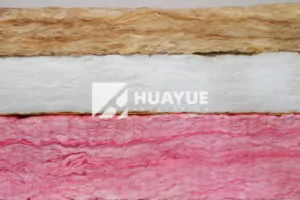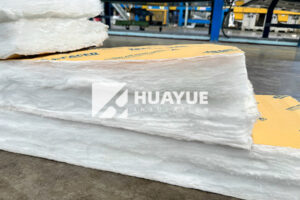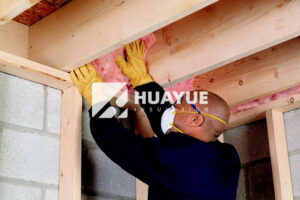How Long Does Fiberglass Insulation Last?
Home and building owners want their insulation to last as long as possible. But how many years can you really expect fiberglass insulation to serve its purpose?
If HUAYUE fiberglass insulation is installed properly, kept dry, and not physically disturbed, it often remains effective for the full life of a structure—typically 60 years or more.
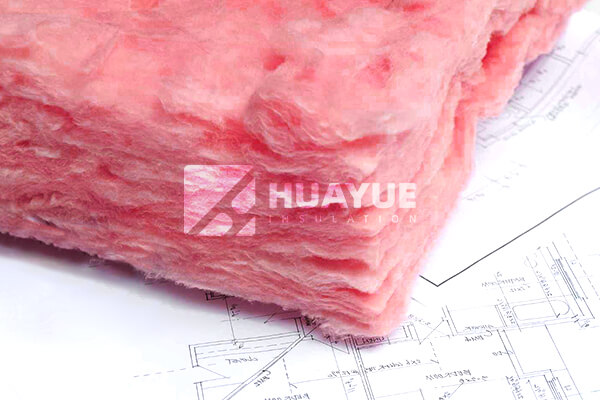
I often get asked about the "true" lifespan of fiberglass insulation. In reality, its durability depends on factors that can sometimes be out of your control. Still, knowing how to maintain and recognize the warning signs will protect your investment and keep your building efficient for years. Let’s look at the details.
What Factors Affect the Lifespan of Fiberglass Insulation?
Water leaks, high humidity, wind, and pests can all impact the effectiveness of fiberglass insulation over time. What conditions should you watch out for to maximize its longevity?
HUAYUE fiberglass insulation can last as long as the building, but problems like water damage, persistent moisture, strong airflow, or animal activity can force early replacement or repairs.
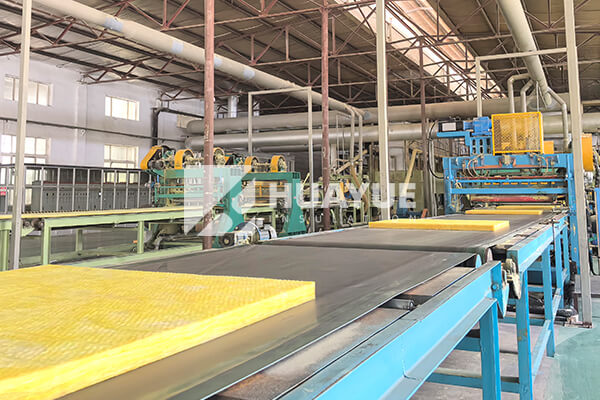
When I walk through a client’s building, the first thing I check is for visible water stains or a musty odor. Even though fiberglass itself does not feed mold, it loses effectiveness if it gets wet or stays damp for long periods. Our team at HUAYUE recommends examining insulation in locations like attics and exterior walls after any big weather event or leak. Persistent moisture, even in small amounts, leads to compressed or matted batts.
Wind can also pose a problem, especially in buildings where insulation is not properly contained. One time, I found fiberglass in an attic that looked like it was swept up by a tornado—wind had gotten in through a broken soffit. After rodents recently nested in a storage warehouse, we had to remove and replace all affected insulation. Animals and insects not only disturb the fiberglass, but they leave behind mess and sometimes chew up the product.
Below is a table summarizing the key threats to fiberglass insulation and their effects:
| Factor | Impact on Insulation | Recommeded Action |
|---|---|---|
| Water (leaks) | Matted, less effective | Dry/replace after leak |
| Moisture/humidity | Sag, reduced R-value | Inspect/replace as needed |
| Strong wind | Displacement, uneven | Secure, reinspect |
| Rodents/insects | Physical damage | Remove/replace damaged area |
What Are the Signs Fiberglass Insulation Needs Replacement?
What visible changes tell you it’s time to remove or replace the insulation in a building?
Check for matted, compressed, “slumped,” or soiled fiberglass, signs animals have been active, or obvious drafts; these issues mean it’s time to consider full replacement.
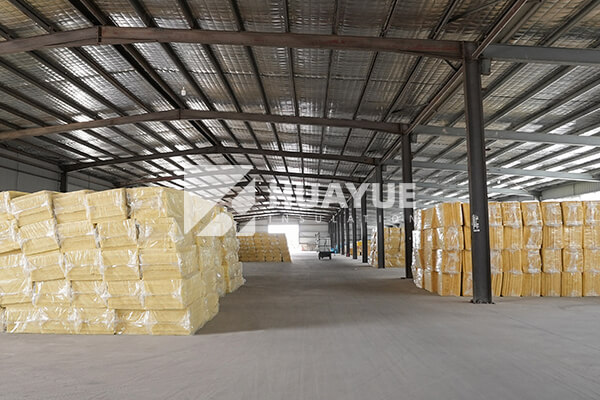
Every time I inspect a site, I look for a few clear indicators. Matted or wet insulation never recovers, even after drying. Flattened fiberglass loses its thickness and so can’t trap air the same way. If you see the insulation sagging under its own weight or notice bite marks and droppings, assume you need to replace those sections.
Customers sometimes mention rooms that feel draftier or that don’t hold heat or cold as well as before. This can be an early hint that insulation is no longer working. In one instance, I found insulation that had been stepped on during a roof repair. After the team replaced it, the HVAC bills dropped right away. If you’re not sure when your insulation was last checked, I always recommend a full site inspection.
Here’s a quick checklist for visual inspections:
| Sign of Failure | What To Do |
|---|---|
| Wet/matted appearance | Replace affected area |
| "Slumped" or sagging | Replace batts/completes |
| Animal or insect traces | Remove, clean, re-insulate |
| Noticeable drafts | Inspect all insulation |
| Old/unknown age | Schedule inspection |
What’s the Best Way to Replace Old Fiberglass Insulation?
What key steps should you follow if the insulation in your building needs to be replaced?
Always wear protective gear, remove all old material, choose the right new insulation, and safely dispose of waste—these steps guarantee a safe and effective replacement.
When I replace insulation, the safety of my team comes first. Fiberglass is safe when undisturbed but breaking it up releases fine glass fibers. I always wear cut-resistant gloves, a loose long-sleeve shirt, safety glasses, and a dust mask. Old insulation should never be removed by bare hands; proper tools or vacuums make the process safer and easier.
After everything comes out, you need to pick the correct replacement. Most times, HUAYUE fiberglass is the best all-around solution for big spaces, but there are also spray foam and eco-friendly options. I always match the product type to building use and climate.
Finally, disposal matters. I never throw old insulation in regular dumpsters. Instead, I use approved waste facilities, which keep glass fibers from getting into the soil or air. People sometimes overlook this, but it does make a big difference both legally and environmentally.
Here’s a memory: At an old factory renovation, we handled tons of removed insulation in sealed bags, tracked by weight and destination, and received local permits before even opening one wall. Sometimes it requires a little paperwork, but it’s worth it to avoid headaches.
FAQ: More on Fiberglass Insulation Longevity and Application
Can you repair fiberglass insulation or reuse it? Not really. Blown-in insulation can sometimes be topped off if undisturbed, but I always recommend a full replacement if there is damage. With batts, you may add new sections, but once damaged, they won’t regain their original performance.
Can fiberglass insulation be used everywhere? Mostly yes. HUAYUE fiberglass works well in both wet and dry climates—water and flame resistance make it suitable for most places. In attics, I pay closer attention to damage, as this area is often a trouble spot for wind, animals, and weather extremes.
If you have questions about building insulation longevity or want to know what replacement steps would look like for your specific situation, you’re welcome to reach out to the HUAYUE customer support team any time.
Conclusion
HUAYUE fiberglass insulation can last 60+ years with the right care, but water, pests, or physical damage require prompt replacement to keep buildings efficient and safe.
You may also be interested in:
Ready to Get Started?
Get in touch with our experts for personalized solutions tailored to your needs.
Get Free QuoteLatest Articles
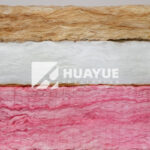
Eco Batt Insulation: What You Need to Know?
Dec 12, 2025
Let's Work Together
Ready to take your business to the next level? Get in touch with our team of experts and let's discuss how we can help you achieve your goals.
Get Free Solutions
